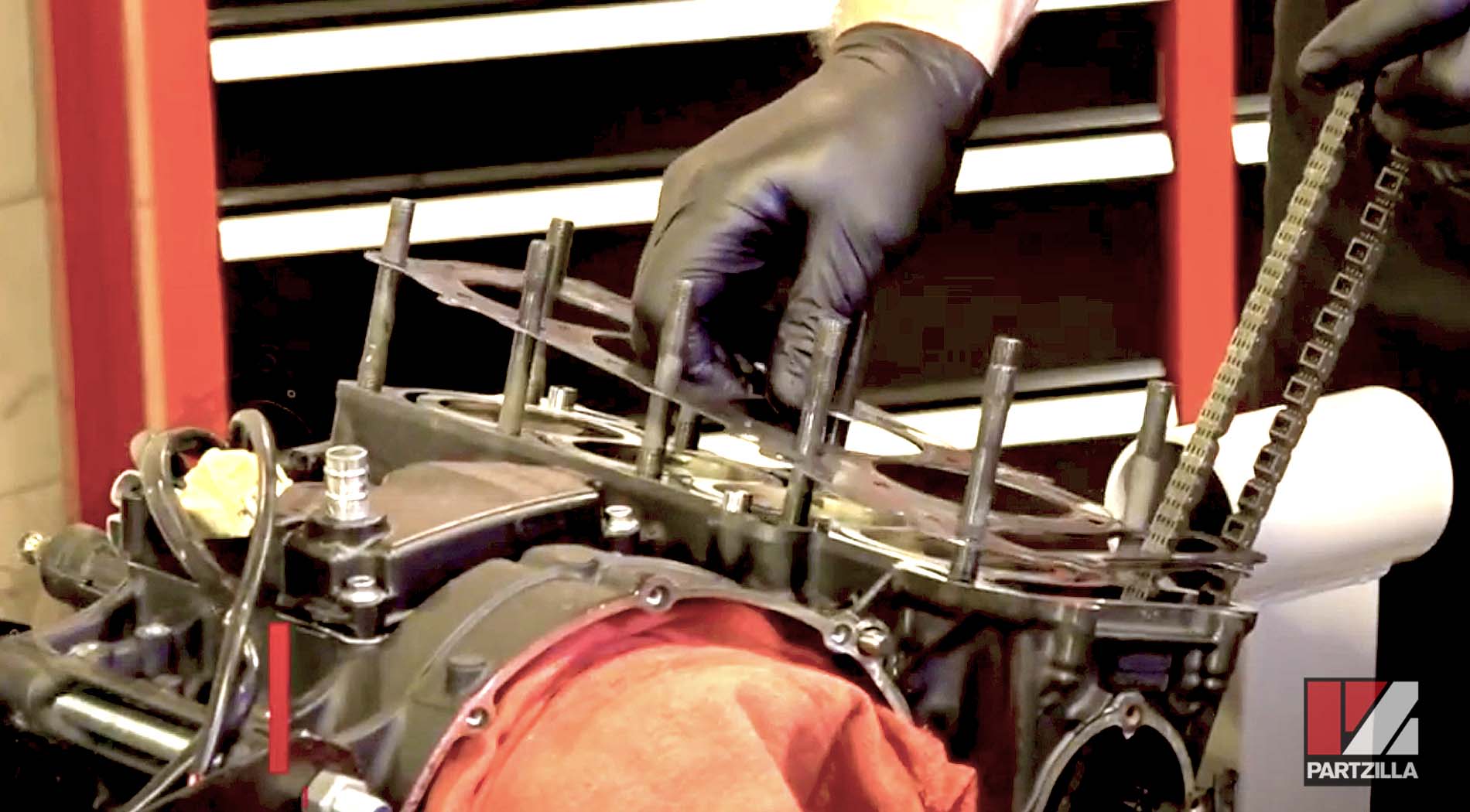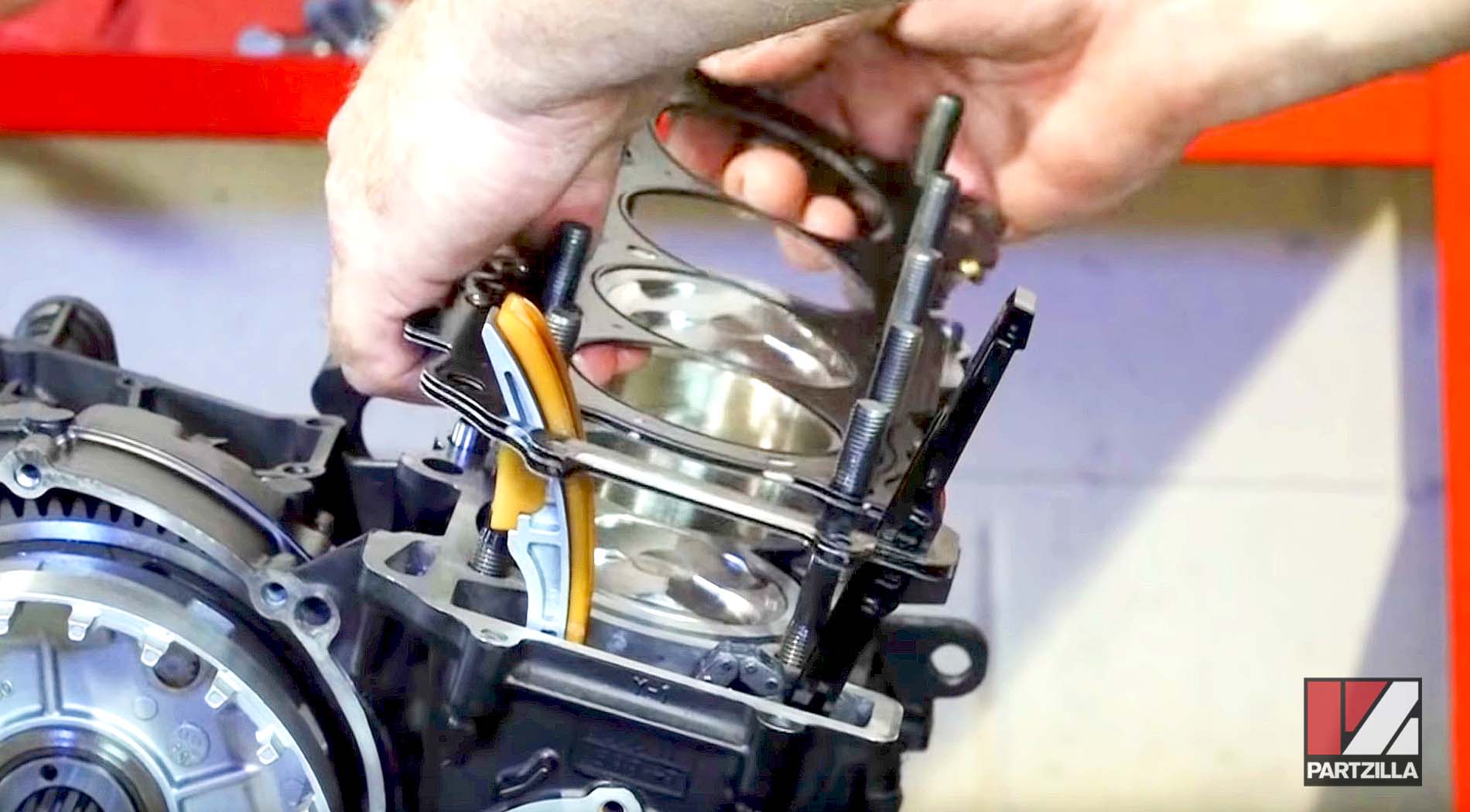How to Handle a Cylinder or Head Gasket
After countless hours of stripping and rebuilding the bottom end of an engine, it would be tragic to mess up all that work by simply holding the new head gasket the wrong way.

Picking up and/or holding a new head gasket the wrong way could create a flaw that will lead to the gasket blowing once you’ve finished reassembling and remounting the engine into your motorcycle or quad bike. To prevent you from doing all that hard work for nothing, here’s what you need to know about handling head or cylinder gaskets.
Why Proper Handling of a Head Gasket is Important
Gaskets usually come in two types: composite and multi-layered steel (MLS). Regardless of which type you're handling, any dirt particles on your fingers will adhere to the face of the gasket if you touch it.

Most motorcycle and ATV engines use composite gaskets made of a porous synthetic graphite. Touching the face of a composite gasket will transfer any oils or grease from your fingers onto the gasket. Doing so prevents it from creating a good seal with the mating surfaces of the crankcase, cylinder or cylinder head. Some powersports engines use the stronger MLS gaskets to cope with higher compression ratios and other stresses. These gaskets often have special sealant coatings on their faces, and touching them could compromise the ability of the gasket to create a reliable seal once installed.

Even the smallest grain of debris can scratch and damage the mating surface of the crankcase or cylinder, and will also weaken the gasket itself, resulting in a less-than-perfect seal once the engine is reassembled.
How to Hold a New Cylinder or Head Gasket
Always leave a new cylinder or head gasket sealed in its packaging to keep it immaculate until you’re ready to install it. Before installing it, wash your hands or wear clean latex gloves, then carefully open the packaging and only hold the gasket by its outer edges.

Avoid touching the upper and lower faces of the gasket and the inner edges of the hole(s) for the piston(s). Never use grease to hold the gasket in place, because it’ll contaminate the gasket and compromise its ability to seal effectively.
Finding the Right Head Gaskets for Your Engine
Motorcycle and ATV manufacturers continuously redesign their machines, so the gaskets for a particular model might change from one year to the next.

To be sure you’re getting the correct OEM gasket for your bike or quad, select its make, year and model, then use our exploded parts diagrams to identify the correct part number before ordering it. Aftermarket gaskets specifically designed for powersports vehicles are also available here on Partzilla.com.
Finally, before installing a new head or cylinder gasket, removing the old gasket or gasket material properly is just as important for getting a good seal from your new gasket. Watch the video above for a quick tip on how to remove gasket material.





